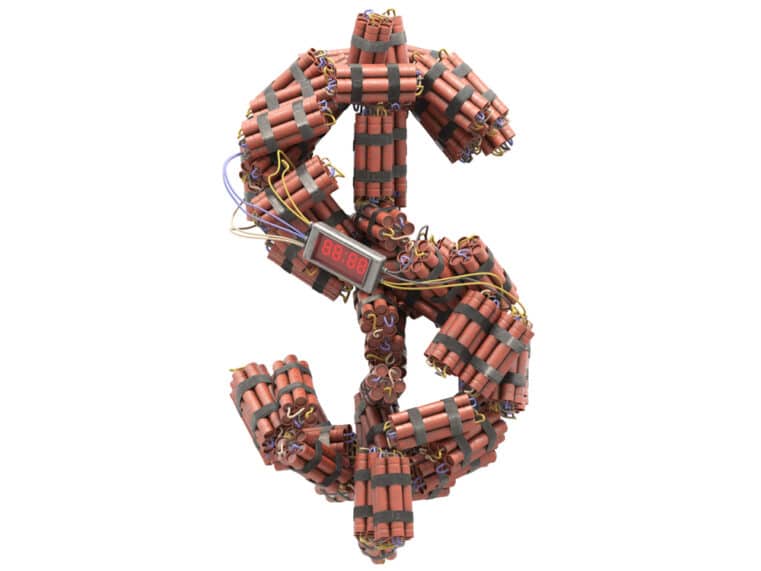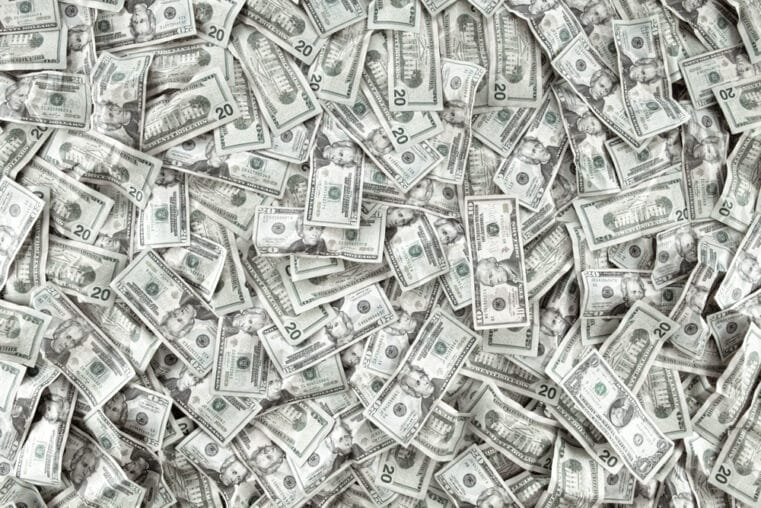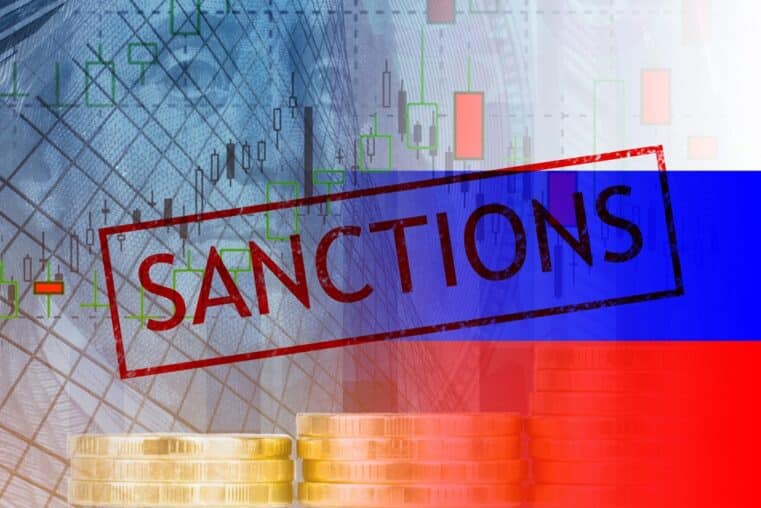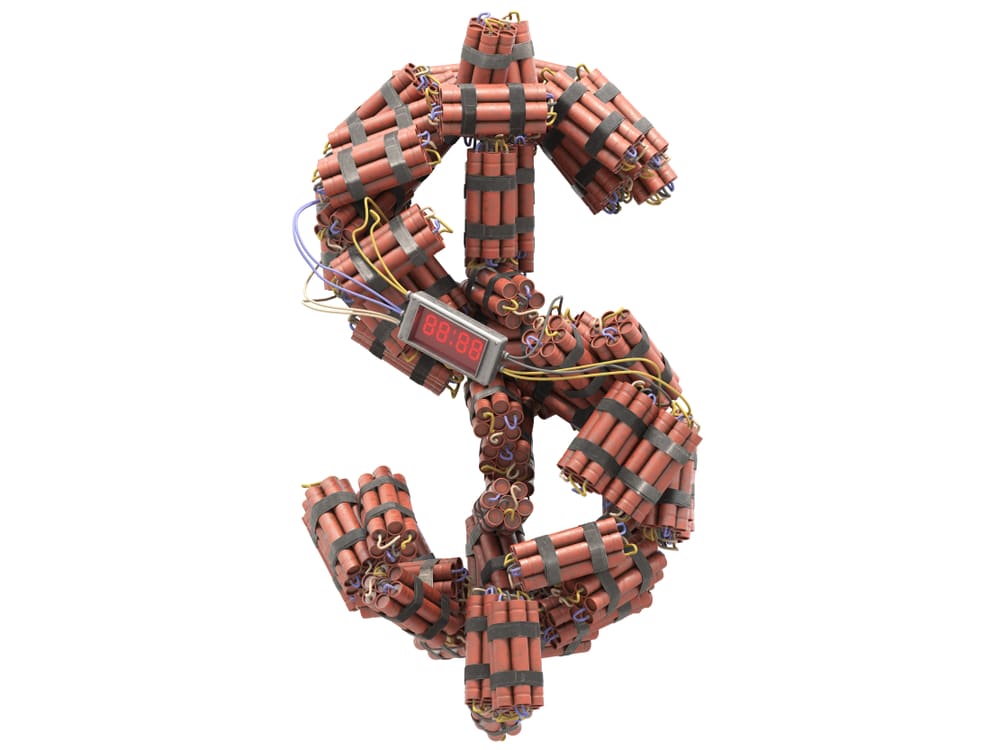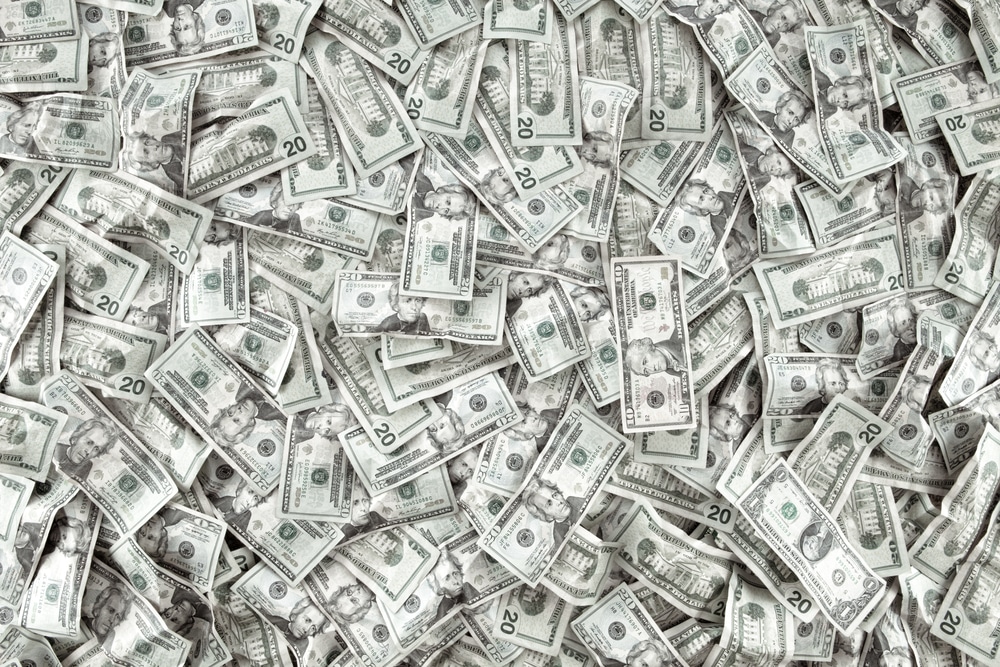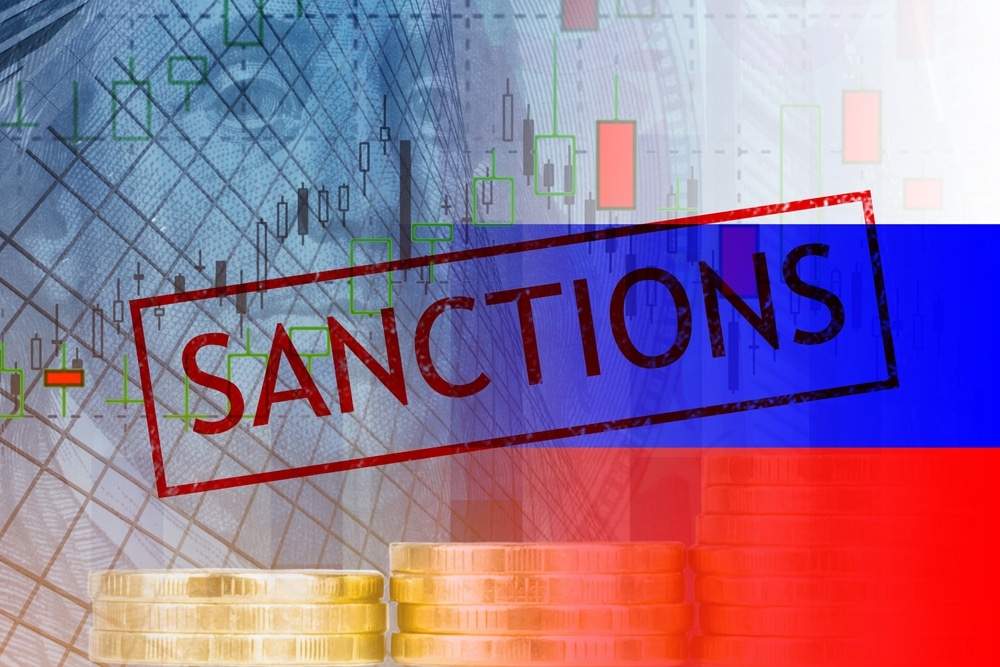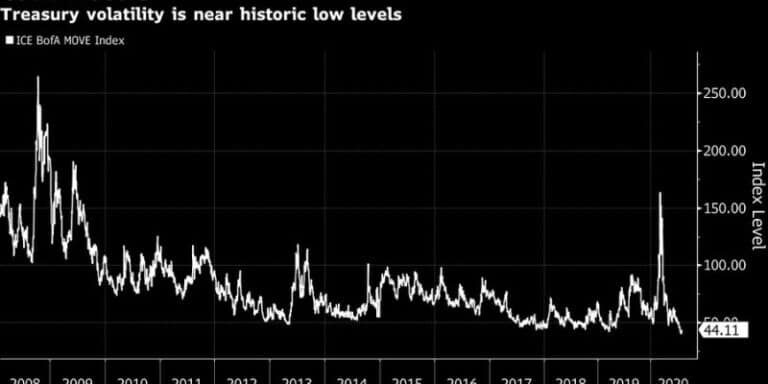
Eerie Calm? Gundlach Joins Fretful Traders
EDITOR NOTE: Flight to safety in US Treasuries is pushing bond “real” yields deeper into negative territory. The advance in bond purchases is stalling as volume dries up. Negative yield rates pose no safety at all; a rather obvious statement. The dollar isn’t all that attractive either. So, there’s an eerie calm in the bond market, as investors are trying to find assets that offer either growth or capital preservation. Some have figured it out already--you get both at the same time by investing in gold and silver.
(Bloomberg) -- An uneasy calm is stalking the $20 trillion U.S. Treasury market.
With yields on five-year U.S. debt grinding to another record low on Tuesday, just days after a gauge of Treasury volatility fell to an all-time nadir, bond traders and investors are taking a long hard look at the speed of these declines and are on the lookout for any signs that a reckoning is underway.
DoubleLine Capital’s Jeffrey Gundlach on Monday tweeted that he saw “many layers of meaning” in the abrupt pace at which Treasury volatility has fallen from its highest level in over a decade in March, comparing it to descending into Death Valley from California’s 14,000 foot Mount Whitney. While August has often been a month of turmoil, with thin trading and other seasonal factors boosting volatility, the slide in yields -- particularly those on inflation-adjusted debt -- could cause renewed turmoil.
“Historically when real yields reach a new bottom, it is followed by a higher MOVE,” said Ben Emons, head of global macro strategy at Medley Global Advisors, referring to the ICE BofA MOVE Index that tracks Treasury swings. Inflation-adjusted yields have the potential to go even more sharply negative as the market adjusts its expectations for a U.S. economic slowdown, he said. The 10-year real yield is already at a record minus 1.06%.
Summer may not be the best time to short rates volatility. On top of potential swings from the run-up to the American presidential election and U.S.-China trade tensions, liquidity can dry up. Over the past decade, 3-month 10-year volatility has risen every August since 2010, and is on track to do the same this year.
Expectations that the Federal Reserve will keep rates unchanged for years have been the biggest factor recently anchoring yields.
Yields fell across the curve again on Tuesday, with the five-year Treasury rate dropping below 0.2% to another historic trough, in spite of ample supply.
Among the factors contributing to the move was demand from some Asian central banks, as well as Japanese investors looking to buy U.S. government debt unhedged, according to a Chicago-based futures salesman. The person, who requested anonymity and is not authorized to speak publicly, said such buying should push yields even lower into next week.
The prospect of a further rally in Treasuries is bringing a near-zero rate scenario into play across the curve, with some arguing that there’s little prospect of yields going back up.
“We’re lower for longer for the foreseeable future,” said Tony Farren, managing director at broker-dealer Mischler Financial in Stamford, Connecticut.
Originally posted on Yahoo! Finance



